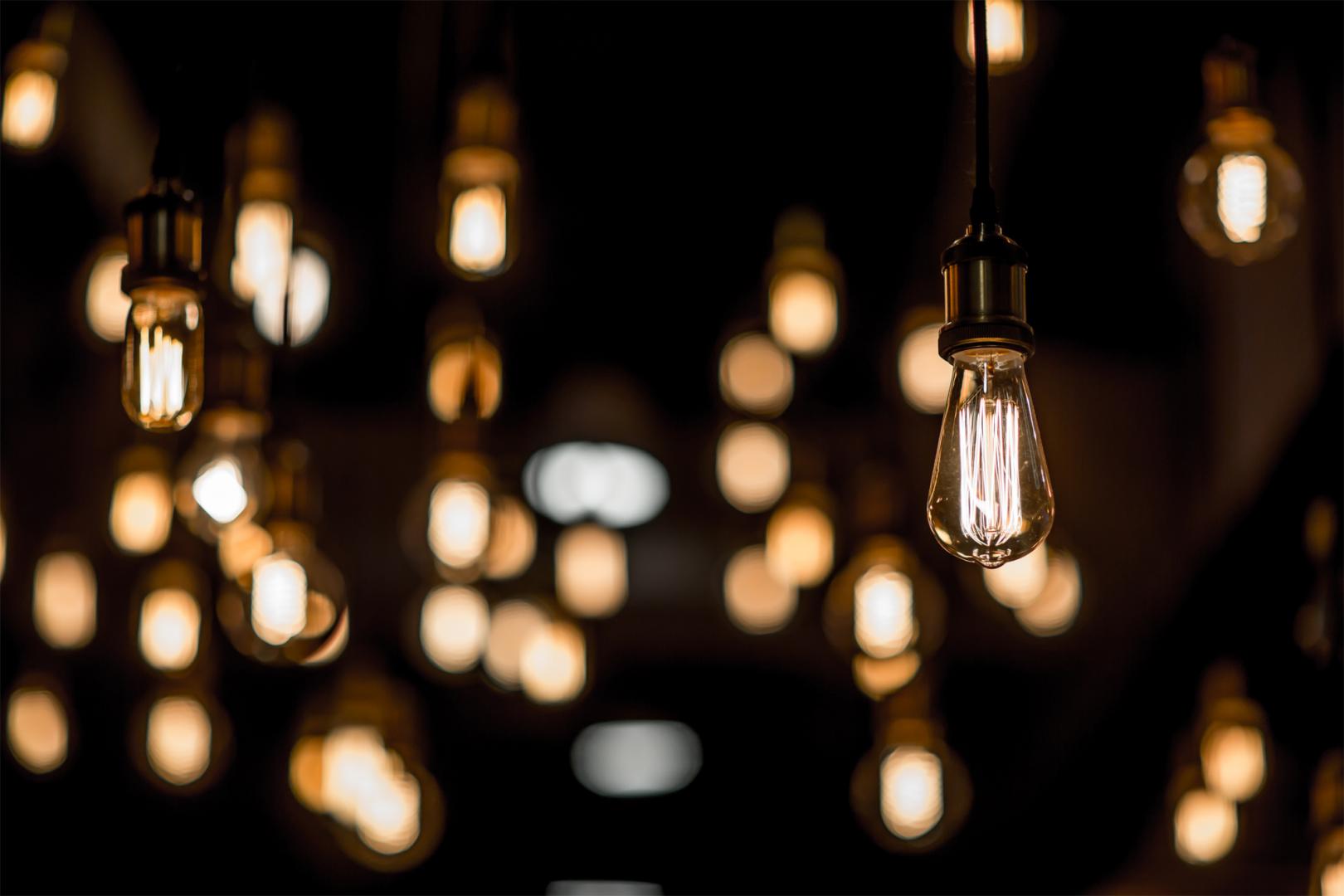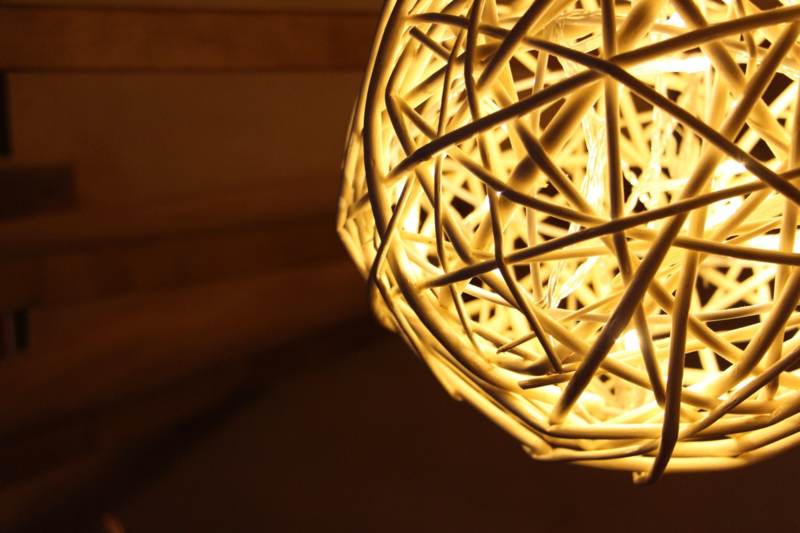5 Easy Ways to Improve the Lighting in Your Home

Poor lighting results in a lousy mood. It’s quick to point out the obvious, but sometimes we don’t realize how lighting affects our wellbeing and productivity at home. Although most of it has everything to do with our serotonin production, external factors like lighting, noise, dirt, and rowdy people also have an impact on the overall atmosphere.
Prepping your meals or reading a book under good lighting promotes more desirability to the task at hand just like how you have a better slumber in a well-made bed with a clean mattress.
Likewise, improving the lighting in your home also prevents spiking up your utility bills. Old lighting fixtures weren’t optimized for positive environmental impact; hence, having a heavier weight on energy consumption. It’s also a homeowner’s responsibility to practice mindful living by reducing one’s carbon footprint.
That said, here are five easy ways to improve your home lighting and do better tasks at way lesser costs.
-
Ditch Incandescent Lights.
Incandescent light bulbs have been utilized in households and commercial spaces since the 1900s. Thomas Edison was the first person who popularized incandescent lights. However, a new wave of lighting fixture is making its way into homes and offices, and they are LED lights. No offense to Mr. Edison, but the advantages in LED lights outweigh its energy-hungry counterpart.
Here are some benefits of switching to LED lights:
Highly-Efficient
Incandescent light produces light by passing energy through a filament and making it hot enough to produce light. This process takes up too much heat. Thus, 90 percent of an incandescent light bulb’s energy is wasted and turned to heat. On the contrary, LED lights require less electricity to convert heat into light, making it a more efficient lighting solution.
Fewer Greenhouse Emissions
LED lights emit lesser CO2 compared to incandescent lights. Incandescent lights produce too much carbon dioxide that’s harmful to the environment.
Lowers Utility Bills
Because LED lights turn most of its energy into the light without using too much electricity, this reduces your utility bills by 70 percent. Furthermore, with incandescent light bulbs converting 90 percent of its energy into heat, this pushes cooling systems like your air conditioners to work double time, especially in the summer.
Longer Life Span
Incandescent lights only have a life span of about 1,000 hours on average. Most LED lights have different hours of longevity, some as short as 10,000 hours and as long as 50,000 hours. Simply put, LED lights require lesser maintenance and replacements than incandescent lights.
-
Allow More Natural Light into Your Home.
Natural light, like the exuberance of the sun’s rays, not only promote a better feeling of jubilation but they are also a great source of lighting in every room, not to mention a free source of light too! Do you know that exposure to good sunlight in the morning kick starts your day right and allows for better sleep at night?
Here are a couple of ways on how you can invite more sunlight into your home:
- Angle your mirrors in a way that it reflects natural light in a room.
- Avoid window treatments as much as possible as they block natural light and opt for curtains or blinds instead.
- Paint your walls white as it has a higher Light Reflectance Value (LRV) compared to darker colors.
- Add gloss to the paint to reflect more natural light into the room.
- Check for light blockers near windows, doors, and any openings. Tree branches and hanging plants that block light could use some trimming from time to time.
- Consider glass or glossy ceramic tile for more natural light reflection.

-
Invest in Smart Lighting Systems.
Smart lighting is a brilliant lighting technology that is energy-oriented. It is a more efficient lighting system that allows automated controls according to inhabitancy or natural light availability. For instance, you can schedule the lights to automatically turn on during a specific time in the morning after you wake up and automatically turn off when you leave the house. That way, you’ll never have to worry about forgetting to turn the lights off and wasting electricity. Smart lights also allow you to control a group of light fixtures or individual light fixtures.
It’s essential to choose the right smart lighting solutions for you. Most of the included features are light scheduling, hue adjusting, and dimming. In terms of installation, since smart lighting needs Wi-Fi or Bluetooth functionalities, it’s imperative to consult an expert when installing these smart solutions.
-
Mix up Your Lighting Installations.
A home with a perfectly-lighted atmosphere will have the three basic types of lighting effects: Ambient lighting, task lighting, and accent lighting.
Ambient Lighting
Ambient lighting is mostly the general lighting that provides overall illumination. It’s usually the primary lighting source in every room. Dimmers are useful in ambient lighting as you can control the brightness instantly. However, most of the ambient lighting fixtures are installed on the ceiling, such as:
- Pendants
- Chandeliers
- Ceiling fans with light fitters
- Downlights
Task Lighting
Task lighting is a specific type of lighting that has one goal: To allow for better contrast when performing particular tasks. When you have an ambient overhead light, task lighting can let you focus on the minor tasks at hand. Working on a table, for instance, needs a table lamp. Or other activities like reading, sewing, or writing would need task lighting too.
Accent Lighting
As the name suggests, accent lighting is used to showcase an accent in your home. Whether it’s a small piece of souvenir, a large wall art, or a decade-old succulent, installing accent lighting will allow these assets to shine bright in a dull room. Some examples are:
- Spotlighting
- Recessed lighting
- Wall sconces
- Landscape lighting
-
Consider Smart Voice-Controlled Lights.
AI (artificial intelligence) is paving the way for convenient and more comfortable modes of living. Busy mothers, fathers, or home-based homeowners can sometimes have a lot on their plate. More often than not, two hands are no match for a myriad of day-to-day chores.
AI-powered assistants like Amazon Alexa, Apple Siri, or Google Assistant can help you operate your lighting at home, especially if your hands are full. Plus, it’s also a fun and cool way to control your home lighting whenever you have guests around.
Author Bio:
Sarah Brooks is a passionate blogger who loves to share tips on home improvement, home renovation, and interior designs. She is currently working with Liquid LEDs, which offers best led lamp designed specifically for Australia’s lighting environment.